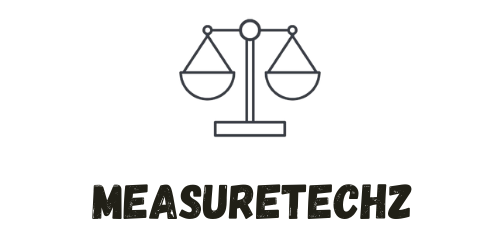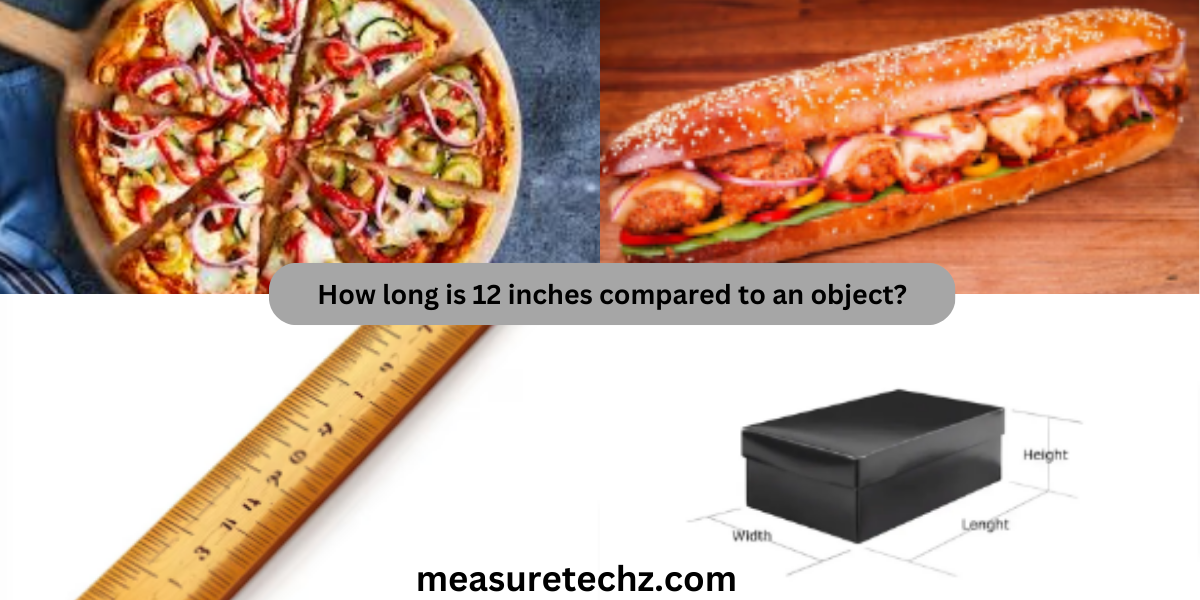When trying to visualize a measurement like 12 inches, it can be helpful to compare it to common objects. Whether you’re crafting, shopping, or simply curious, understanding how long 12 inches is in practical terms can make a significant difference in grasping its scale. In this article, we’ll break down everything you need to know about this measurement and provide relatable examples to help you visualize it.
Why Understanding Measurements Matters
Measurements play an essential role in our daily lives. From home improvement projects to buying furniture or clothes, knowing the approximate size of 12 inches can save you time and effort. Additionally, understanding measurements improves your ability to follow recipes, calculate distances, or even choose the right tools for a task.
Key Facts About 12 Inches
- Length Equivalent: 12 inches is equal to 1 foot (30.48 cm).
- Common Use: The 12-inch ruler is a standard tool used in schools, offices, and workshops.
- Standardized Measurement: Inches are part of the imperial system, predominantly used in the United States, Canada, and the UK.
Everyday Objects That Are Approximately 12 Inches Long
To better visualize how long 12 inches is, let’s compare it to familiar objects:
1. A Standard Ruler
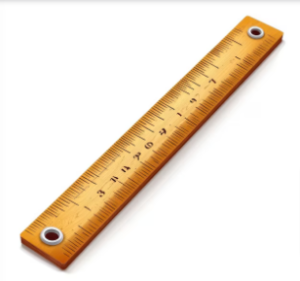
The most straightforward comparison is a 12-inch ruler. These rulers are widely available and often used for schoolwork, drawing, or measuring small items.
2. A Sheet of Printer Paper
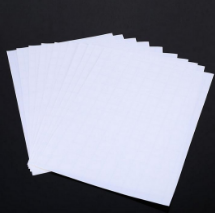
A standard sheet of paper (8.5 x 11 inches) is slightly shorter than 12 inches on its longer side. Adding about an inch to the length of the paper gives you 12 inches.
3. A Footlong Sub Sandwich

Fast-food chains like Subway popularized the term “footlong” to describe their 12-inch sandwiches. It’s a perfect visual reference for understanding this measurement.
4. The Diameter of a Medium-Sized Pizza

A medium pizza typically measures 12 inches across, making it an ideal example of this length.
5. A Large Laptop Screen

Many compact laptops have screens that are 12 inches diagonally. This provides another relatable comparison for tech enthusiasts.
6. A Shoebox Length
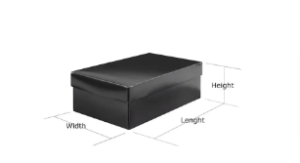
Standard shoeboxes, especially for adult-sized shoes, are often around 12 inches long.
Visualizing 12 Inches in Practical Scenarios
Home Improvement Projects
If you’re hanging frames or shelves, understanding what 12 inches looks like can help you maintain consistent spacing.
Clothing and Accessories
When shopping for belts, necklaces, or scarves, knowing the length of 12 inches can help you make better decisions about fit and style.
Gardening and Landscaping
Gardeners often use measurements like 12 inches to space plants or determine the depth of soil.
Tips for Accurately Measuring 12 Inches
- Use a Measuring Tool: Always keep a ruler, tape measure, or yardstick handy for precise measurements.
- Estimate with Known Objects: If you don’t have a ruler, use objects like a standard sheet of paper or your laptop screen as a guide.
- Practice Visual Estimation: Over time, practicing with everyday objects can improve your ability to estimate lengths accurately.
Fun Facts About 12 Inches
- Historical Relevance: The inch has roots in ancient systems of measurement and was once defined as the length of three barleycorns.
- Symbolism: The number 12 is significant in many cultures and systems, such as the 12 months of the year or the 12 hours on a clock.
- Cultural Reference: In sports, 12 inches represents one foot, a crucial measurement for athletes and coaches.
Frequently Asked Questions
Is 12 inches the same as 1 foot?
Yes, 12 inches equals 1 foot.
What are some practical uses of knowing how long 12 inches is?
It’s helpful for measuring items, planning projects, and estimating distances in various scenarios.
How does 12 inches compare to centimeters?
Twelve inches is equivalent to 30.48 centimeters.
Conclusion
Understanding how long 12 inches is compared to everyday objects can make measurements more relatable and practical. Whether it’s a ruler, a pizza, or a laptop screen, having visual references helps you estimate distances with ease. Use these comparisons to make more informed decisions in daily tasks and projects.
